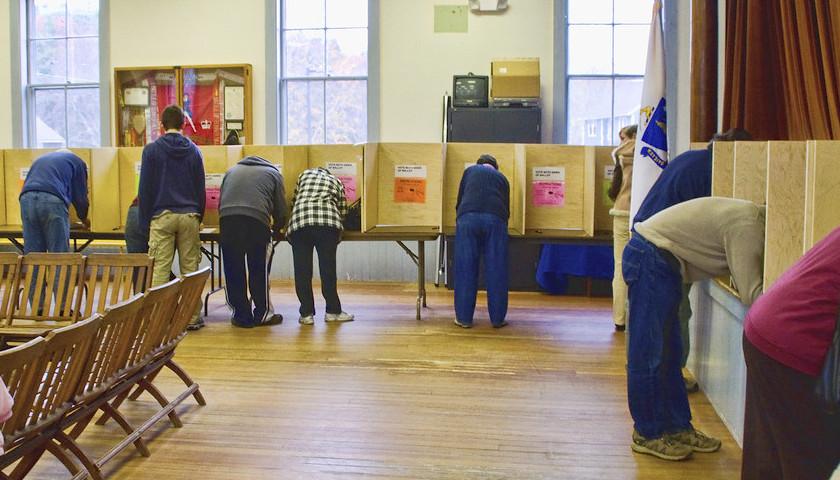by Benjamin Yount
Wisconsin saw a mass exodus of public employees last year, and many of them simply quit.
The Wisconsin Policy Forum released a study Thursday that said 17,646 people left their jobs as part of “other separations” in 2021.
“Though striking, this overall trend should not be surprising. Across the nation and the broader economy in 2021, individuals were voluntarily leaving their jobs at the highest rate in at least two decades. The reasons put forward by researchers and commentators include near record low unemployment rates, the effects of federal stimulus, pandemic-related burnout, and more or better opportunities in other industries,” the report states. “Public sector employers in Wisconsin seem to have faced these same challenges in retaining their existing employees.”
The WPF looked at data from the state’s retirement system and both the city of Milwaukee and Milwaukee County.
“The city of Milwaukee and Milwaukee County experienced even higher rates of turnover,” the report states. “The rate of departures in 2021 for both pension systems was the highest in at least five years.”
The report notes that retirements from the WRS remained steady in both 2020 and 2021, the years of the coronavirus outbreak, while “other separations” spiked.
“More than 8,100 individuals within WRS retired in both 2020 (8,151) and 2021 (8,303). The only other year since 2002 in which retirement reached that level was in 2011. That year, 12,906 WRS members chose to retire in part in response to the passage of 2011 Wisconsin Act 10,” the report states. “ While turnover in 2011 was driven by record retirements, 2021 was marked by workers leaving for other reasons.”
The report does not say which jobs people left over the past two years. The WRS covers everyone from state employees to public school teachers in Wisconsin.
But the authors say it’s likely that most of the people who quit or retired left from schools.
“K-12 schools are likely affected by this challenge. Though the WRS data on general employees do not break out K-12 workers from other local employees, higher turnover among teachers would likely be needed to produce these higher overall rates given that teachers make up a large share of WRS members,” the authors wrote in their conclusion.
As for solutions, the Policy Forum suggests “public officials could consider a number of options in addition to increased pay, including providing more flexible workplaces and working conditions. Worker shortages also may encourage a greater use of new technology, service sharing arrangements between neighboring governments, and perhaps greater use of private contractors.”
– – –
Benjamin Yount is a contributor to The Center Square.





